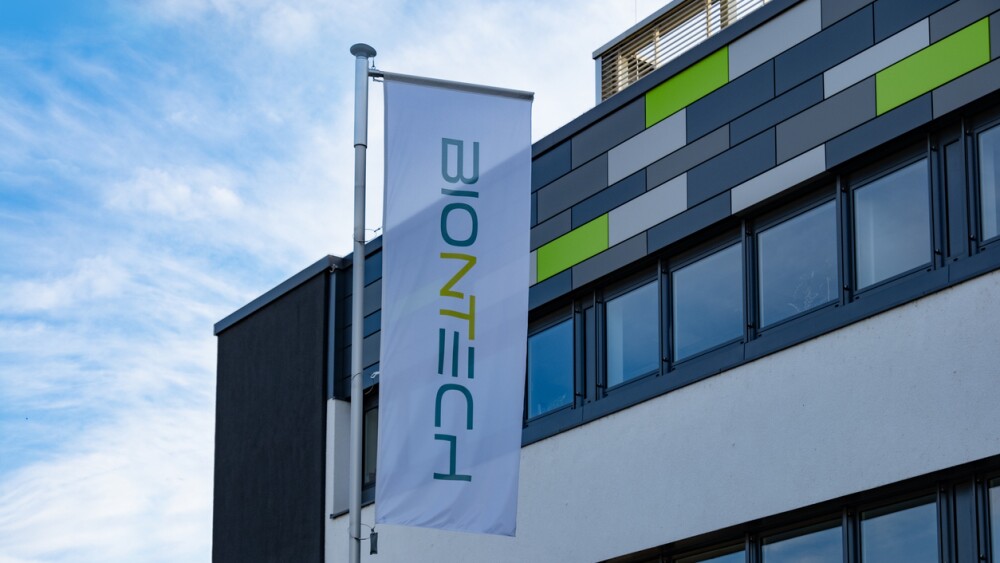The company expects that the U.S. COVID-19 vaccination rate will be “maybe a couple of points lower” than the prior level of around 20% but that pricing and Comirnaty’s market share will hold steady.
BioNTech has made the case for continuing to invest in infectious diseases amid its pivot to oncology and questions about demand for vaccines in the U.S.
The Pfizer-partnered COVID-19 vaccine Comirnaty is BioNTech’s key sales driver today but the company’s R&D teams are focused on bringing oncology candidates to market. While the cancer assets are central to BioNTech’s future, the company used its second-quarter earnings on Monday to confirm its intent to continue investing in its COVID-19 vaccines and in next-generation and combination shots.
During BioNTech’s earnings call, Bank of America analyst Tazeen Ahmad asked why it makes sense to keep investing in the infectious disease pipeline at a time when there is evidence vaccination rates are falling. Ryan Richardson, BioNTech’s chief strategy officer, outlined how the company can stimulate demand.
“Our COVID-19 vaccine business is going to continue to be a priority,” Richardson said. “As it relates to your question about what’s driving demand, I think ultimately it’s going to continue to be based on the value proposition of these vaccines. So, we’re going to continue to work on next-generation concepts, including exploring combination vaccines, that we think could add additional value for patients.”
BioNTech CFO Ramón Zapata told analysts the company’s revenue outlook for 2025 assumes COVID-19 vaccination rates will be lower in 2025 than last year given the “market dynamics and shifting policy.” Zapata said BioNTech expects that the U.S. vaccination rate will be “maybe a couple of points lower” than the prior level of around 20% but that pricing and Comirnaty’s market share will hold steady.
In oncology, BioNTech is working to bring its PD-L1xVEGF-A bispecific BNT327 to market. The candidate originated in China and some of the clinical evidence for the molecule comes from Chinese sites. With the FDA rejecting a filing for Roche’s Columvi over a lack of U.S. data, an analyst asked BioNTech if it has seen any shift in the agency’s willingness to accept results from Chinese sites.
In response, BioNTech CMO Özlem Türeci said discussions with the FDA “are very positive” and pointed to the data the company has generated in Western populations. Türeci said BioNTech expects to be able to move ahead in its three lead indications “within the next couple of weeks.”
BioNTech reported revenues of 260.8 million euros (~$302 million), up from 128.7 million euros (~$149 million) in the second quarter of 2024. The company attributed the increase to higher revenues from its COVID-19 vaccine collaboration with Pfizer. R&D costs fell as BioNTech reprioritized clinical trials toward its focus programs.
The company reaffirmed its full-year guidance. BioNTech continues to expect revenues of 1.7 billion to 2.2 billion euros (approximately $2 billion to $2.5 billion) and R&D expenses of 2.6 billion to 2.8 billion euros (~$3 billion to $3.2 billion). The full-year forecast reflects the assumption that sales will be concentrated in the final three to four months of 2025, when the COVID-19 vaccination season will be underway and a new variant-adapted vaccine could be on the market.






